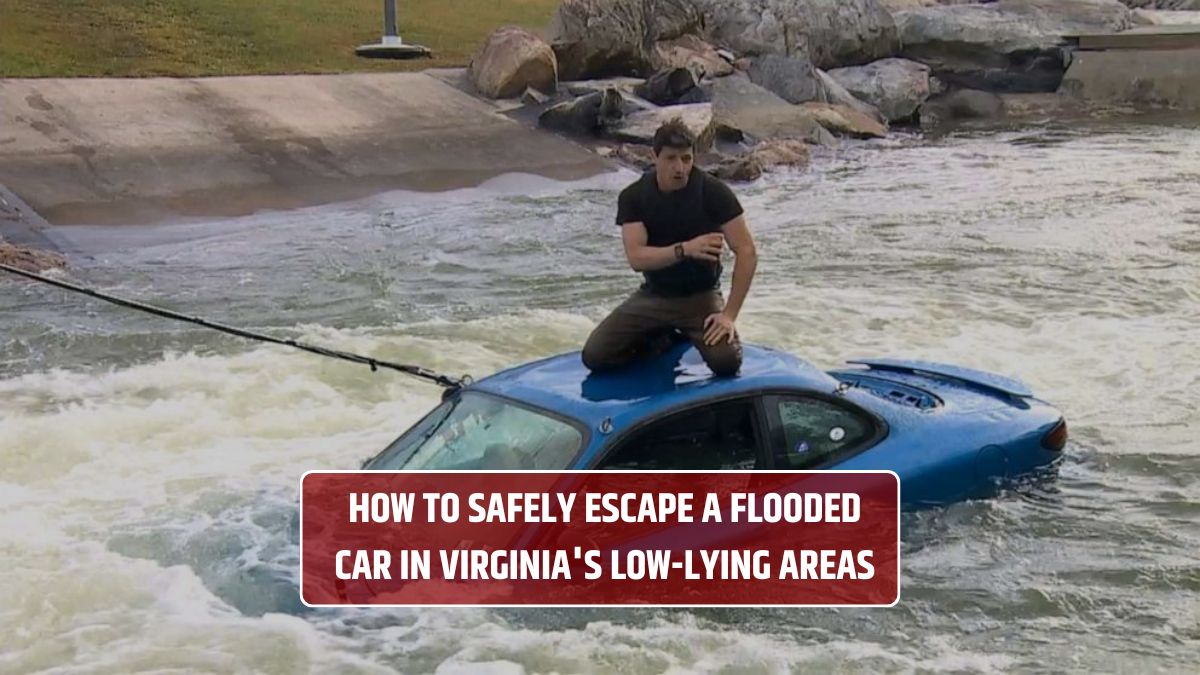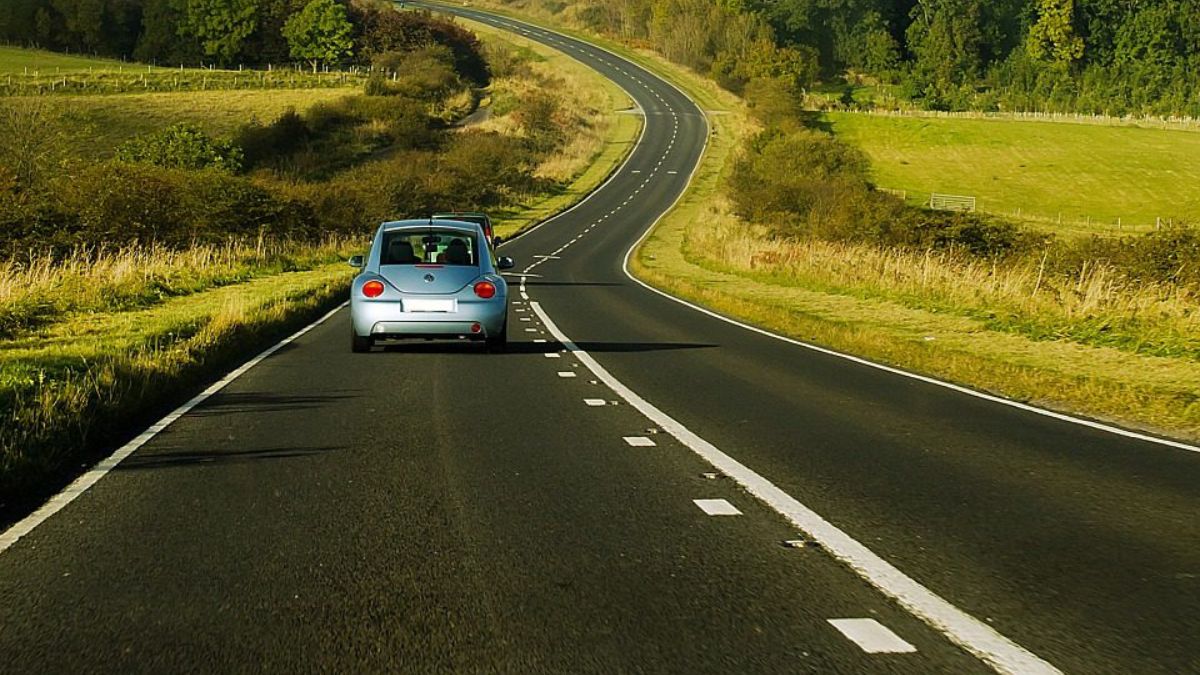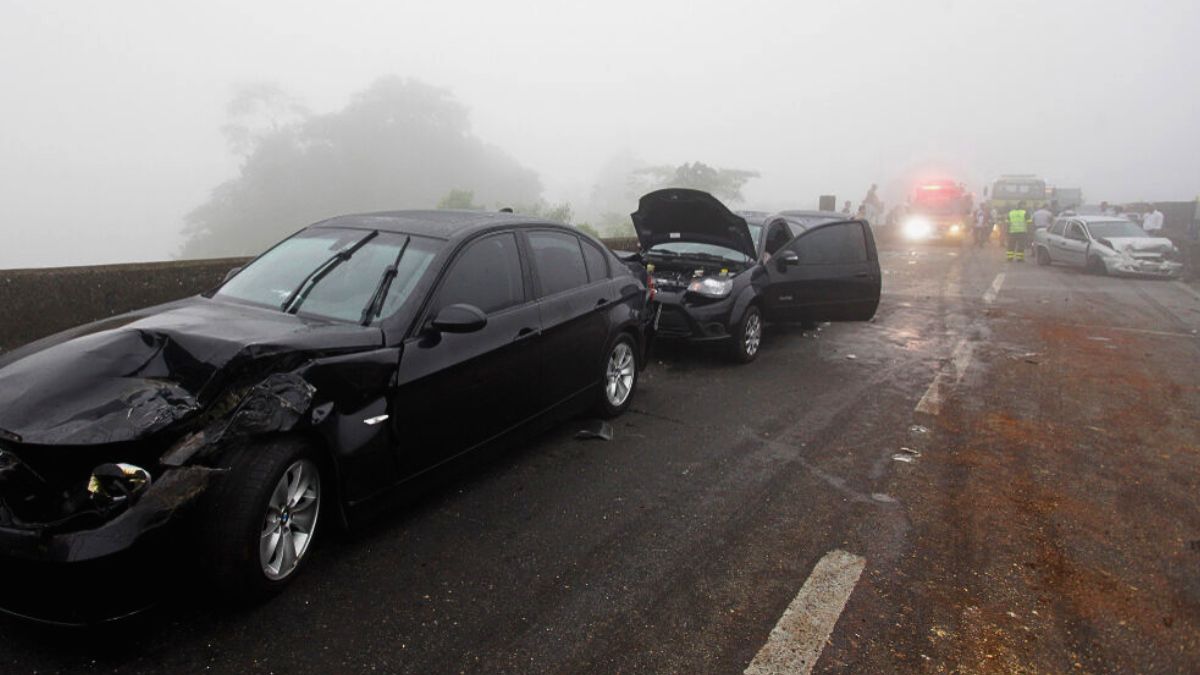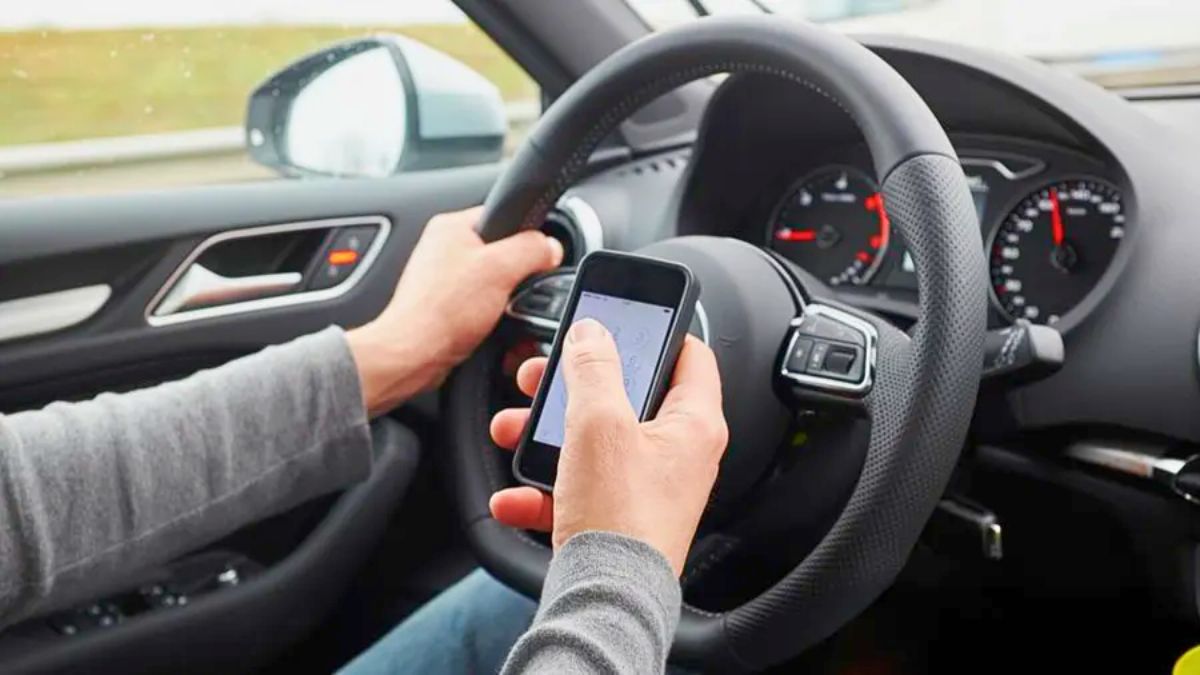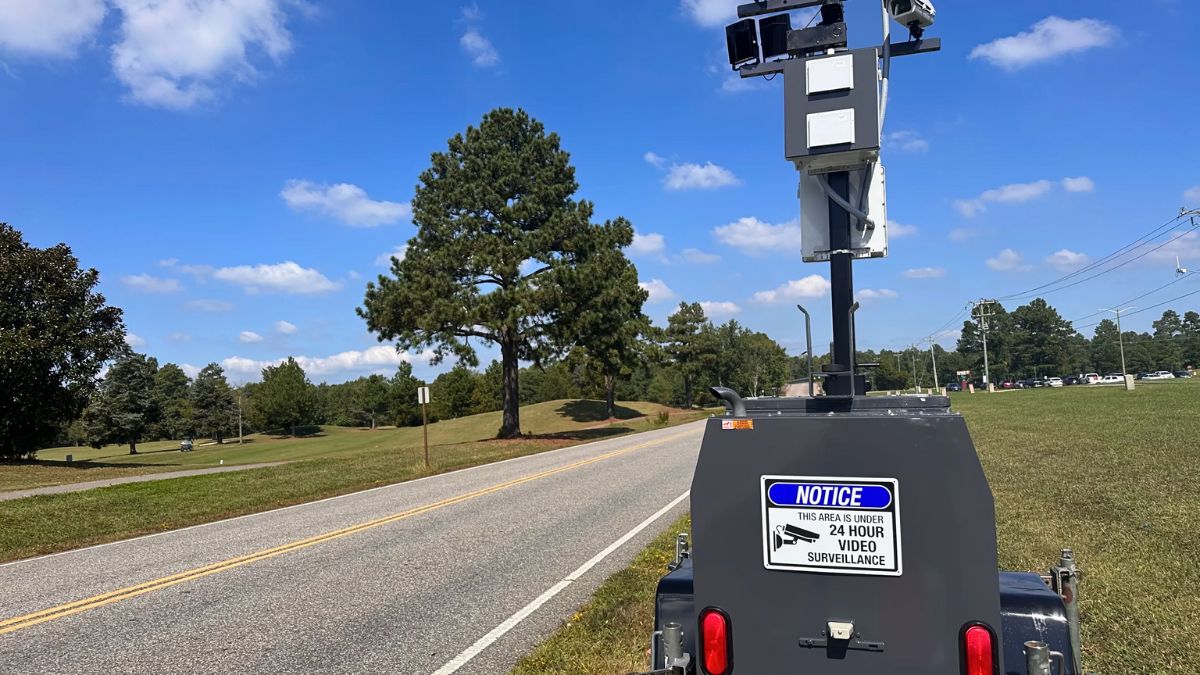Flooding in Virginia’s low-lying areas can happen fast—and when it does, being trapped in a car can turn deadly in minutes. Whether it’s a sudden downpour, rising creek, or flash flood from a storm surge, water levels can rise shockingly quick. And if your vehicle stalls or gets stuck in floodwaters, knowing exactly what to do can save your life. Let’s walk through how to escape a flooded car and get to safety.
Awareness
First things first—never drive into floodwater. That might sound obvious, but many people underestimate how deep or powerful the water is. Just 6 inches of water can cause loss of control. And 12 inches can float most cars. In flood-prone parts of Virginia like Norfolk, Hampton Roads, or Richmond, those numbers can sneak up on you.
Pay close attention to:
- Flash flood warnings
- Blocked or closed roads
- Water covering storm drains
- Heavy rain in low-elevation areas
If the road looks even slightly submerged—turn around, don’t drown.
Trapped
If your car gets caught in rising water, time is critical. Here’s the step-by-step game plan:
- Stay Calm: Panic wastes precious time and energy. Take a deep breath and focus.
- Unbuckle Immediately: Seat belts off first—your movement needs to be unhindered.
- Unlock All Doors and Windows: If power still works, lower the windows right away. Electric systems can fail fast in water.
- Exit ASAP: Climb out of the window or sunroof before water rises above the door line.
Here’s what it looks like in a quick-reference format:
| Action | Why It’s Important |
|---|---|
| Unbuckle seatbelt | Frees you to move fast |
| Open windows quickly | Escape path before power fails |
| Climb out, don’t wait | Water rises too fast to delay |
Window Exit
If your windows won’t open and water’s rising, don’t waste time trying to open the door—it’ll be sealed shut by water pressure. Break the side window with anything you can:
- Use a window-breaking tool (keep one in your car)
- Smash with a headrest post
- Use your elbow or shoe heel if needed (not easy, but better than waiting)
Avoid the windshield—it’s reinforced and nearly impossible to break.
Door Exit
What if the car is submerged and the windows won’t open or break? Here’s the trick: Wait until the pressure equalizes. That means letting the water come in (yes, it’s terrifying), then when the car is mostly full, the pressure inside and outside balances—and you can open the door with effort.
- Take a deep breath
- Open the door when water is nearly full
- Swim to the surface
Not ideal—but it works when other options fail.
Survival
Once you’re out:
- Swim with the current, not against it
- Grab onto solid objects like trees, poles, or guardrails
- Avoid storm drains or manholes, as water flow can suck you in
And if you’re in a rural or swampy area, be alert for sudden drops or strong undercurrents. Once safe, call 911 and stay on high ground.
Getting caught in a flooded vehicle is terrifying, but knowing what to do can mean the difference between life and tragedy. Don’t wait to think through a plan when the water’s already rising—review it now, prepare your vehicle, and stay alert during flood watches. Virginia’s weather might not wait, but you can be ready.
FAQs
How deep can water float a car?
Just 12 inches of water can float most vehicles.
What’s the first step if water rises?
Unbuckle and open windows immediately.
What tool breaks car windows?
A window-breaking tool or headrest post works.
Can I open the door underwater?
Only after the car fills and pressure equalizes.
Should I drive through shallow water?
No—turn around even if it looks safe.
